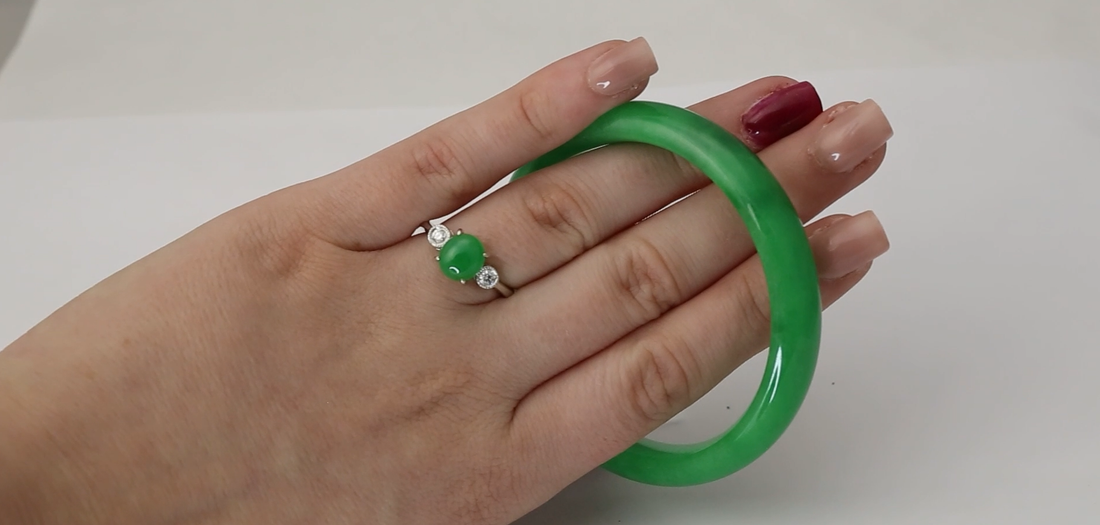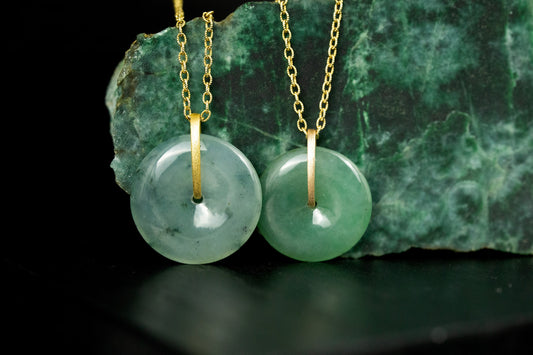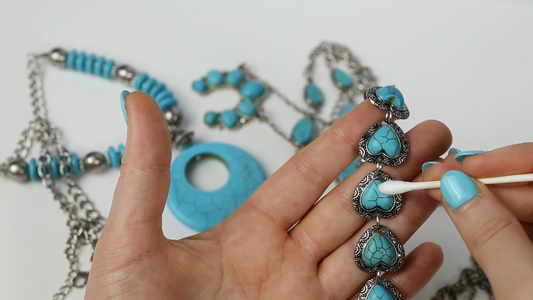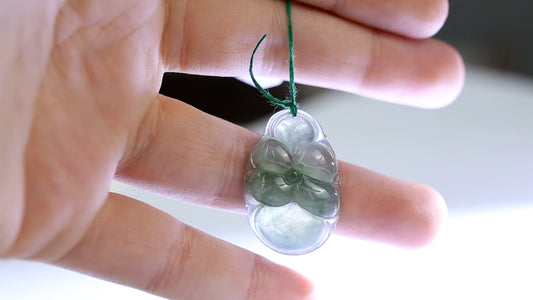Jade has a unique combination of physical and optical properties that make it highly desirable, but also difficult to identify and authenticate. One of the most common ways people try to authenticate jade is by using the ping test, but this method is not reliable on it's own and can lead to false conclusions when performed by a non-gemologist.
The ping test is based on the belief that natural jade bangles will emit a clear, high-pitched sound when struck, while all other gemstones will not. According to this theory, the sound or "ping" is caused by the vibration of the jade's crystalline structure.
Here is a video demonstration of The Ping Test:
https://www.youtube.com/shorts/QjlGgen7jKI
However, the truth is that not all natural jade will ping when struck, and not all gemstones will fail the ping test. Natural, unfractured jadeite jade of high quality will indeed emit a clear, musical sound when struck, but natural jade may not ping if fractured or of low quality, or if it's a hinge and clasp bangle. Additionally, dyed green quartz, the most common simulant of jadeite jade, will also ping due to its similar composition and physical properties.
Moreover, the ping test cannot distinguish conclusively between different types of jadeite jade, such as 'A Jade' (natural jade) and 'B Jade' (treated jade), unless a bangle that appears perfectly translucent and unfractured does not ping.
'B Jade,' refers to jadeite that has been acid-bleached and then impregnated with polymer, resin, or wax to enhance its color and translucency. The sonority of the jadeite is interrupted by the polymer inside, so B Jade will not "ping."
It's easy to be misled by a "pinging" sound and assume that the bangle is made of natural, high-quality jadeite jade, when in fact it may just be quartz.





